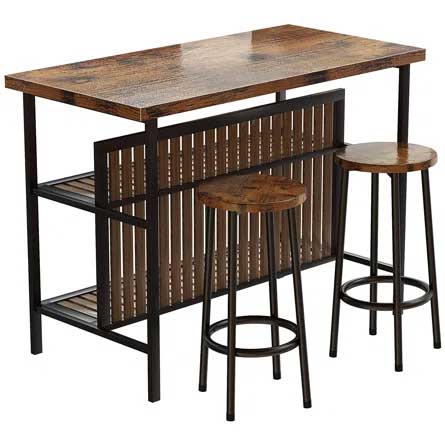Kitchen island vs no kitchen island – two reasons designers choose this layout, and two reasons they don't
Kitchen islands bring plenty to the table, but they have some major drawbacks which mean they're not for everyone
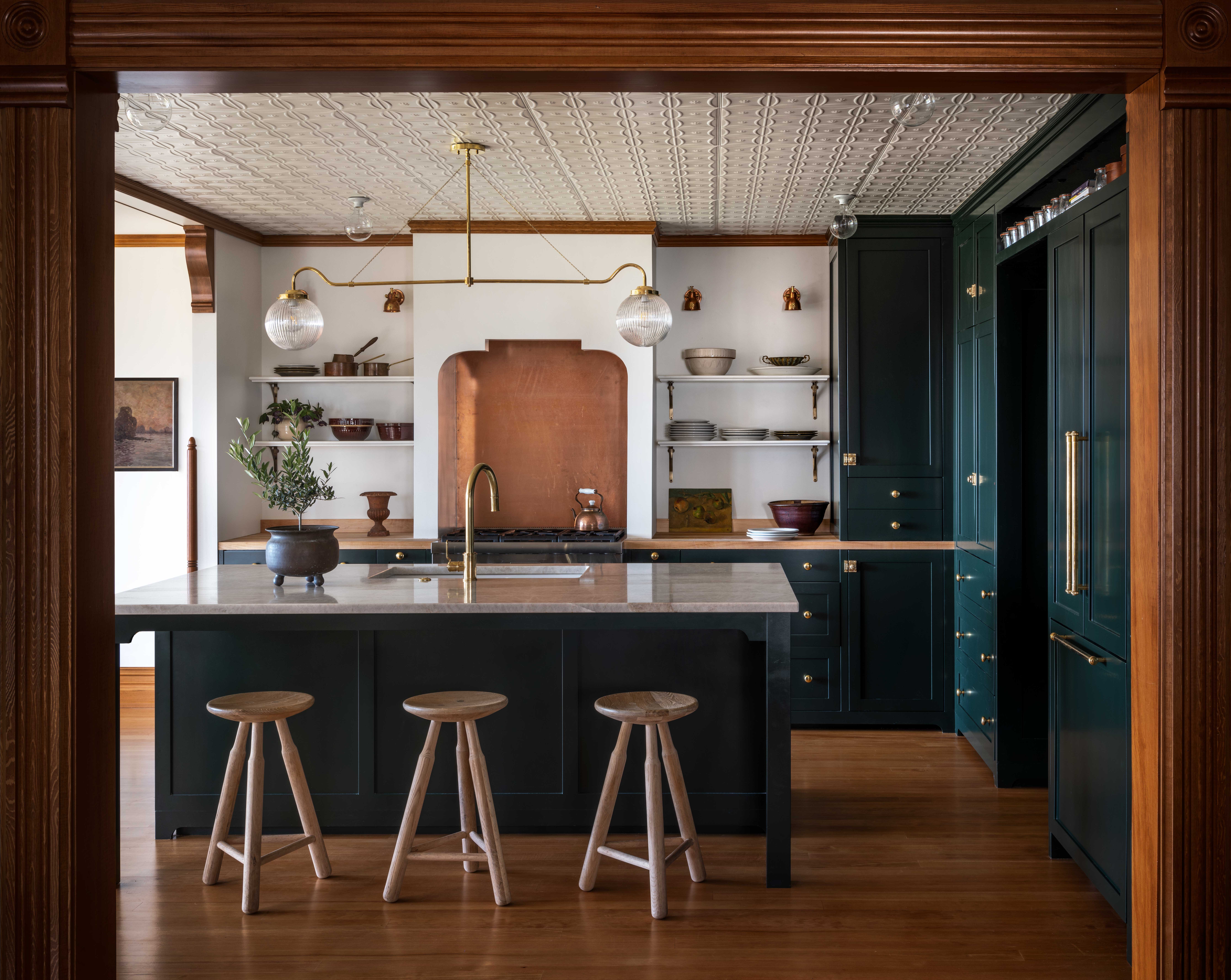
The story of the kitchen island dates as far back as the 1800s. Wooden worktables were the earliest forms found in European homes, followed by the rise of the open kitchen in the 20th century whereby we see the built-in island gain popularity.
On the surface, it can seem like a no-brainer to opt for a kitchen island, a structure that offers additional counter space and allows you to connect with your family and guests with ease. Islands do come at a cost though, they take up considerable floor space within your kitchen and if not proportionally considered, your kitchen can feel cramped as a result.
To help you decide if island life is for you, we take a look at the pros and cons of this structure, asking interior designers across the world for their thoughts on the debate.
Pro: Islands are great for entertaining
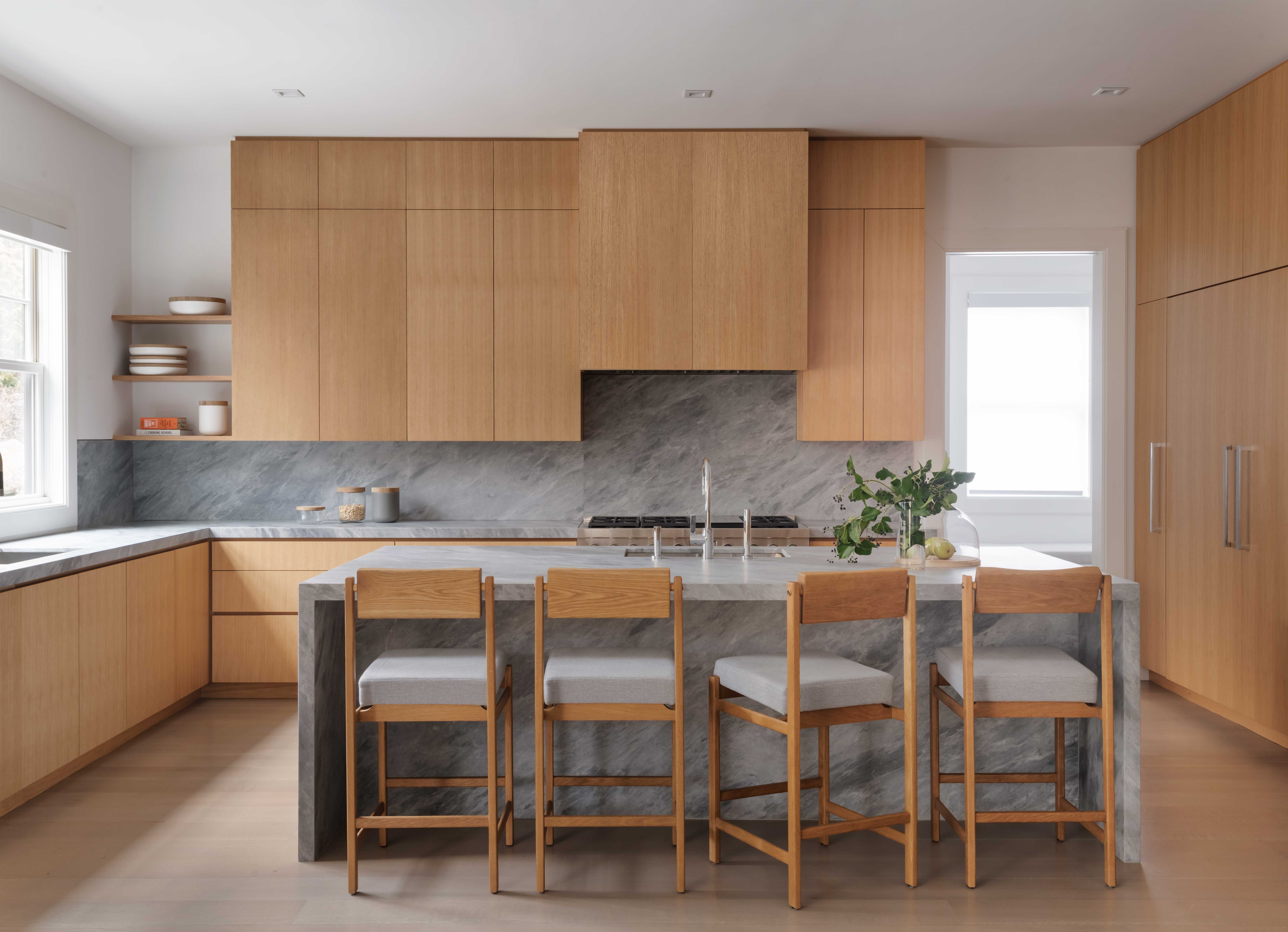
A great host always has time for their guests, and an island can help with that. Placed in the center of the room, an island can encourage you to connect with your guests, creating a platform for you to interact and serve with ease.
'I have yet to meet a client where the kitchen isn’t the heart of the home,' says Allison Lind, Director of Allison Lind Interiors. 'It’s where friends gather to cook and drink and gossip or families gather to multitask and catch up on their day. And so, the space shouldn’t be designed just for cooking but for inviting everyone to gather.'
This is a statement echoed by many designers, including Jessica Kamel, founder of New York-based studio, Ronen Lev. 'A kitchen island can transform a culinary space into a hub for casual gatherings,' Jessica says. 'Its advantages are many: the ample surface area of a kitchen island provides a natural gathering point for family and friends. It encourages impromptu conversations, allowing the host to stay engaged with guests while preparing meals.' If you’re seeking to create a kitchen that brings people together, an island offers many benefits.
Pro: Islands are multifunctional
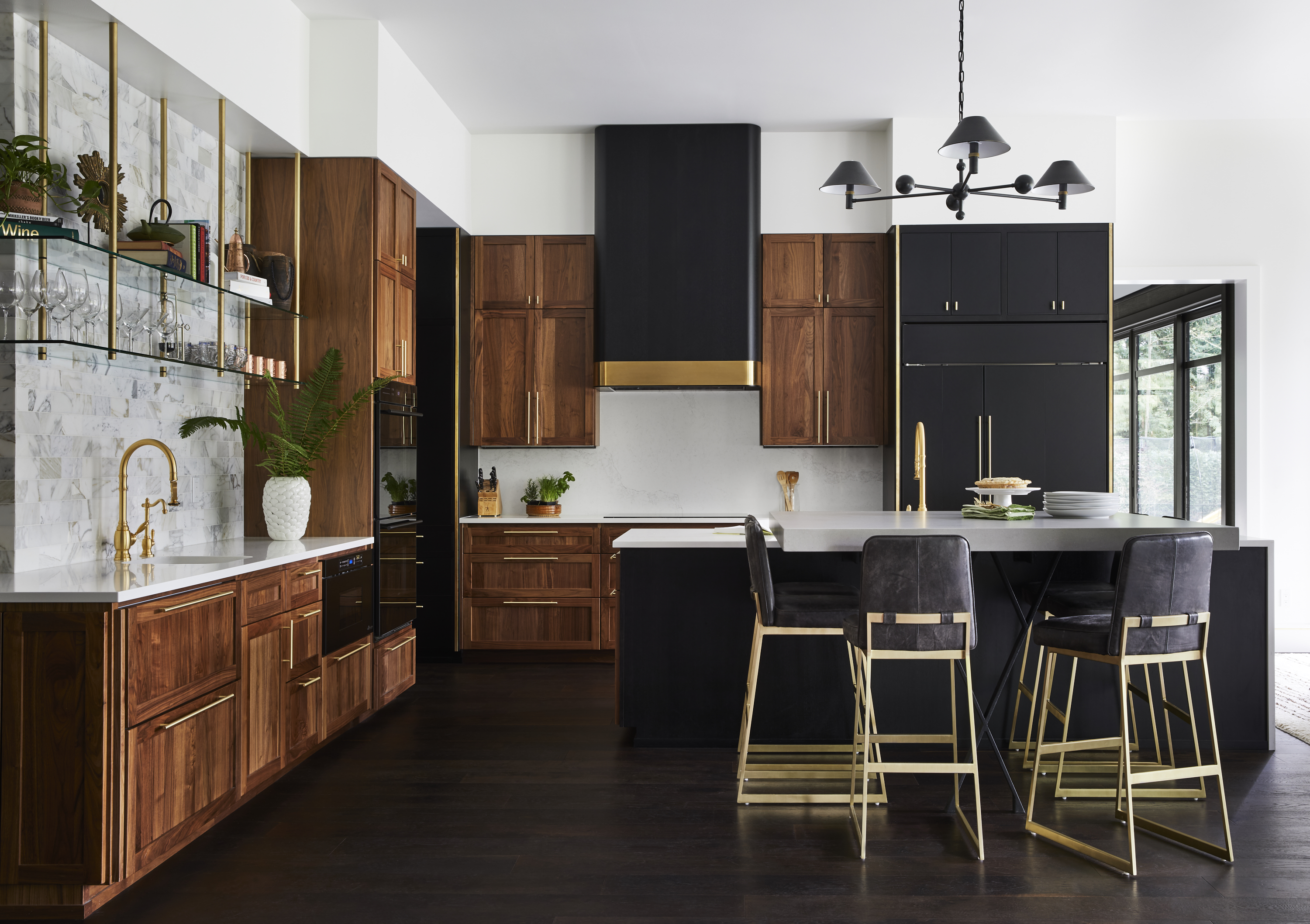
The trend for multi-functional spaces isn’t going anywhere. From dining rooms doubling as home offices to bedroom designs including desks, the home is becoming a much more flexible space.
The kitchen is no exception to the rule and islands offer us the versatility to adapt to the needs of the moment. 'Counter seats along the island add flexibility to dining which is a multifunctional aspect that adapts to a modern lifestyle where formal dining spaces are less frequent,' says Jessica. 'Islands allow for a kitchen dining experience that doesn’t feel awkward in the space and is visually cohesive with the rest of the room.
When referring to her lakeside project, Seattle and New York-based interior designer, Allison Lind shares how an island can also be useful for those with a formal dining space. 'This particular family wanted a space that offset the more formal dining space adjacent – a welcoming spot for the kids to sit and do homework while the parents prepped meals. Or a space where friends could congregate,' says Allison Lind of Allison Lind Interiors. From a practical standpoint, the kitchen island also provides storage and kitchen countertop space, all whilst providing a focal point for the room.
'When the kitchen size allows a generous island provides seating for lots of space and storage for entertaining and provides a grounding element visually,' reveals Lisa Staton of Lisa Staton Interior Design.
Con: They take up a lot of space

Kitchen islands can be costly additions to your kitchen design, but they also take up a lot of space. It’s worth bearing in mind if your interior architecture and layout work best with an island or if you’re trying on a nice pair of shoes that might not be the right size for you.
'The style of a kitchen island can play a pivotal role in defining the overall aesthetic of the kitchen,' says designer Jessica Kamel. 'However, it's important to be aware of potential downsides: space constraints since a kitchen island requires a fair amount of floor space. Proper planning is crucial to avoid the room feeling too cramped.'
You want to ensure you and your guests if entertaining have enough room to manoeuvre around this space with ease. The weight that an island adds to your space is not just physical, but it can also be visual making the room feel smaller and therefore, more constricted. Alternative kitchen islands are becoming more popular as we see the kitchen island replaced by traditional worktables and smaller structures.
Con: They attract mess
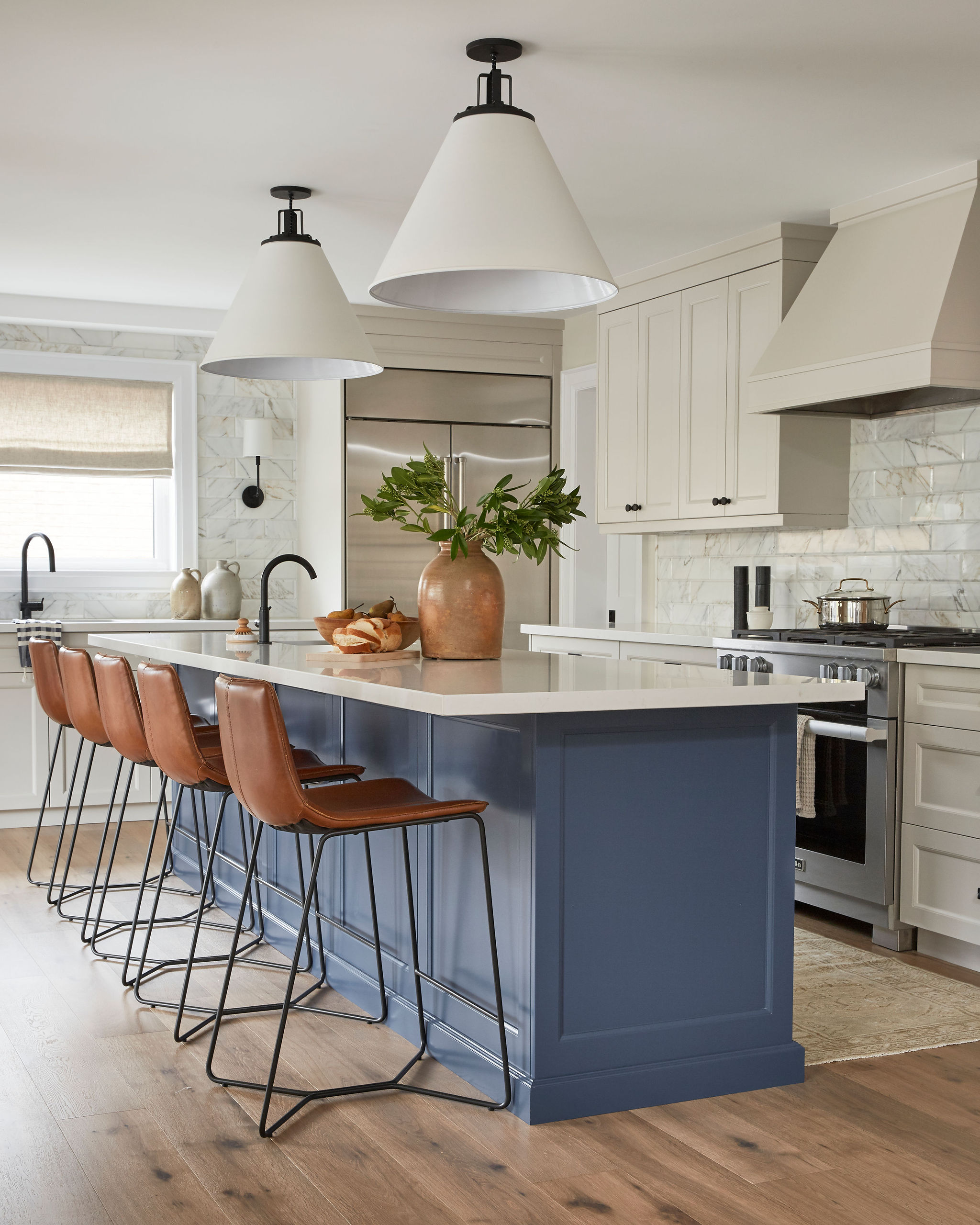
For those with families and busy lifestyles, the island can be both rewarding and a source of extra work. 'With all its convenience, a kitchen island can become a magnet for clutter. To keep the space looking the best, it's essential to stay organized and declutter regularly,' says Jessica Kamel. Maintenance is an important factor to consider when choosing your kitchen design, a galley kitchen or U layout may be better for those seeking to minimize clutter as there is less counter space to clutter.
You can also opt for a banquette to give your family and friends a designated space to connect that is close to the kitchen but feels more contained.
Be The First To Know
The Livingetc newsletters are your inside source for what’s shaping interiors now - and what’s next. Discover trend forecasts, smart style ideas, and curated shopping inspiration that brings design to life. Subscribe today and stay ahead of the curve.
Writer and design expert Faaizah Shah is the founder of The Interiors Consultancy. She has worked with designers such as Staffan Tollgard and design houses such as Sanderson to help them understand and communicate their narratives. She is known for crafting engaging stories and imaginative content, and understanding great decor from her years alongside some of the best creatives in the industry. She is also a contributor to Livingetc.
-
 These Are the Flower Crowns I’m Wearing This Spring (Spoiler: They’re Actually for My Door)
These Are the Flower Crowns I’m Wearing This Spring (Spoiler: They’re Actually for My Door)Coachella confirmed the comeback of flower crowns. At home, they just go by another name: the spring wreath
By Julia Demer
-
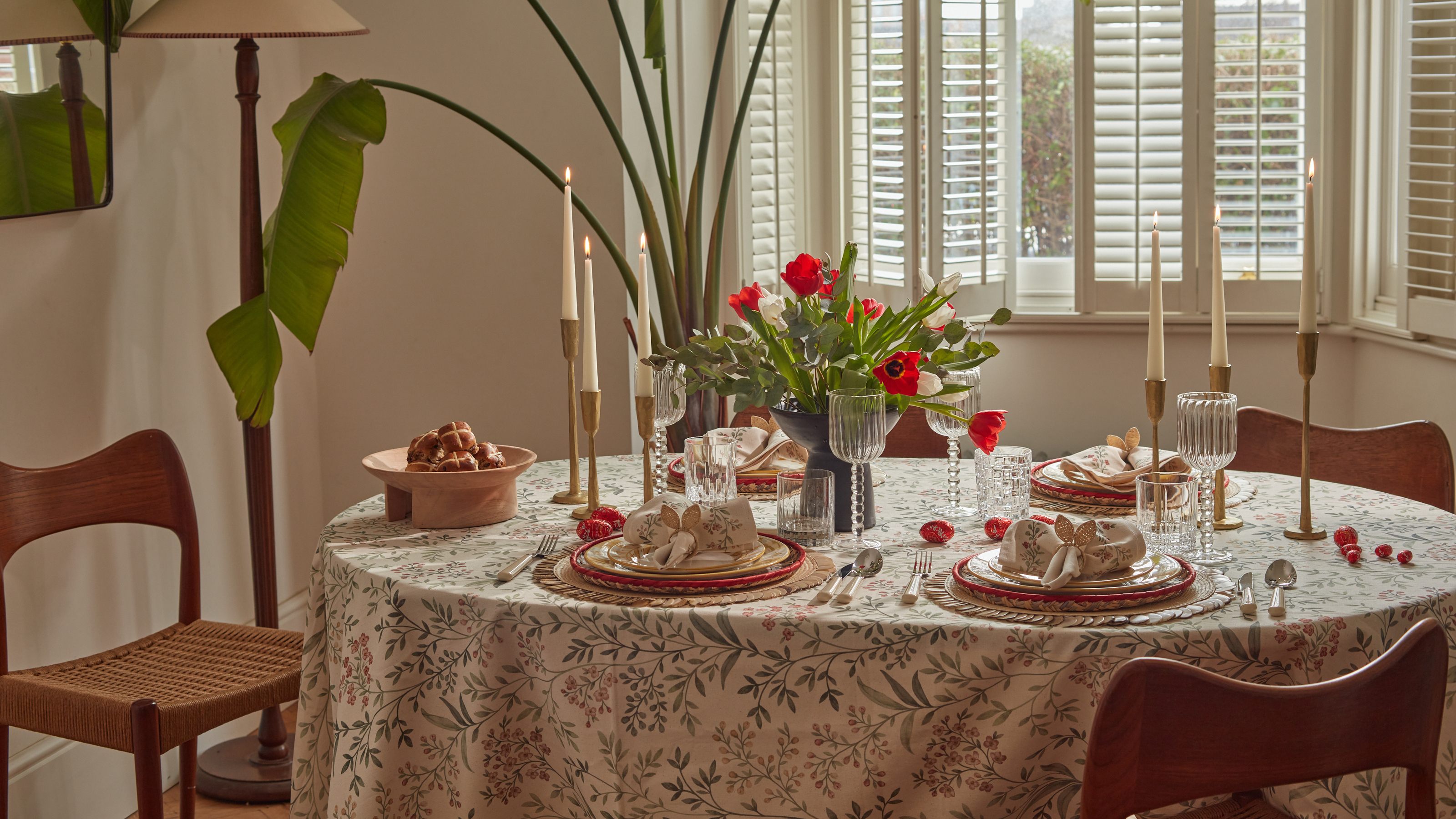 Bunny Ears, Be Gone — 7 Easter Table Styling Mistakes That Will Take Your Setting from Tawdry to Tasteful
Bunny Ears, Be Gone — 7 Easter Table Styling Mistakes That Will Take Your Setting from Tawdry to TastefulFrom fussy floral displays that disrupt conversation to over-relying on tacky tropes, don't fall victim to these errors when decorating your Easter table
By Lilith Hudson
